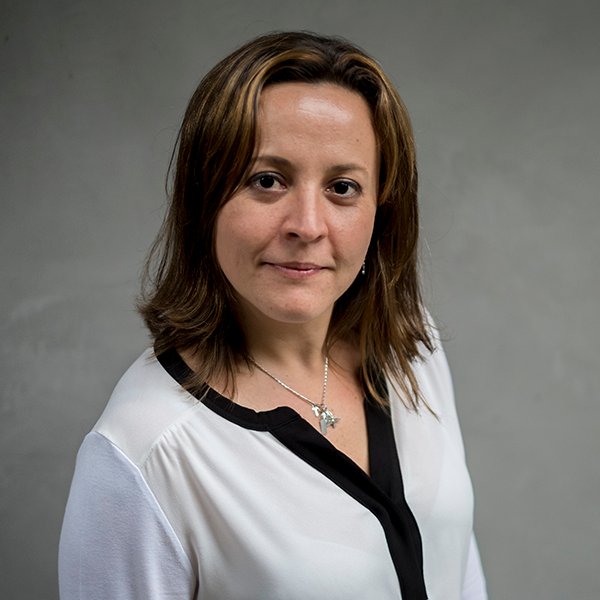What happens when two incendiary topics — such as the protests generated by George Floyd’s killing and the spread of COVID-19 — become the source of so many falsehoods at the same time? Well, fact-checkers gather their teams, expand their media literacy efforts and write articles that can touch both issues simultaneously.
In this column, you will find some interesting lessons that MediaWise and PolitiFact have learned in the United States in the last seven days. Both organizations are verified signatories of IFCN’s Code of Principles and part of the Poynter Institute.
“On our Monday meeting, we decided to invest a significant amount of energy in media literacy content. We decided to produce pieces of content that could be used by our audience to do their own fact-checks,” said Katy Byron, MediaWise editor and program manager.
Katy knew the amount of misinformation would probably exceed her team’s capacity so she made the smart decision to strengthen the community around her organization.
“We created some tip sheets to help those who wanted to assess information about the protests and/or about COVID-19. On MediaWise’s Instagram, for example, there is an easy-to-read guide with ‘three questions to verify information online.’ And we also posted content to teach the audience how to use image-reverse search to fact-check photos and InVid to assess videos.”
One of the best examples of fact-checks that touches the two tough subjects at the same time is the fact-check MediaWise team did about a TikTok video that claimed COVID-19 testing centers were being closed to punish anti-racism protesters. The information was rated “not legit” in a seven-part Instagram story.
PolitiFact’s team followed a similar path. In one week, from May 27 to June 3, the organization published 48 fact-checks: 25 of them on COVID-19 and 23 about the protests associated with Floyd’s death. But the protests have consumed more reporting time and are generating more misinformation.
According to reporter Daniel Funke, PolitiFact is now focused on covering misinformation and political statements about the death of George Floyd but don’t want to lose sight of the pandemic. The staff is trying to brainstorm ways to blend the coverage.
“We intend to write about whether the nationwide protests could lead to a spike in coronavirus cases,” he said.
But the most interesting strategy PolitiFact adopted so far involves media literacy, but in a much less obvious way than MediaWise.
Funke said his team took extra care in selecting the photographs that illustrate the fact-checks — about the disease and the protests.
“We are trying to avoid using close-ups of protesters’ faces in case they are used to retaliate against those people later,” he said.
And that is a lesson that comes from the COVID-19 coverage.
“Once we got into the pandemic, I think we tried to use mask photos only when the story was explicitly about that.”
According to Google Trends — a tool that allows anyone to see Google searches by region and time — in the last seven days, the words “coronavirus” and “protests” registered spikes worldwide. If fact-checkers can collaborate to clarify information on these two topics, there is no better way to serve concerned readers.

Read this article in Spanish at Univision.
* Cristina Tardáguila is the associate director of the International Fact-Checking Network and the founder of Agência Lupa. She can be reached at ctardaguila@poynter.org.







